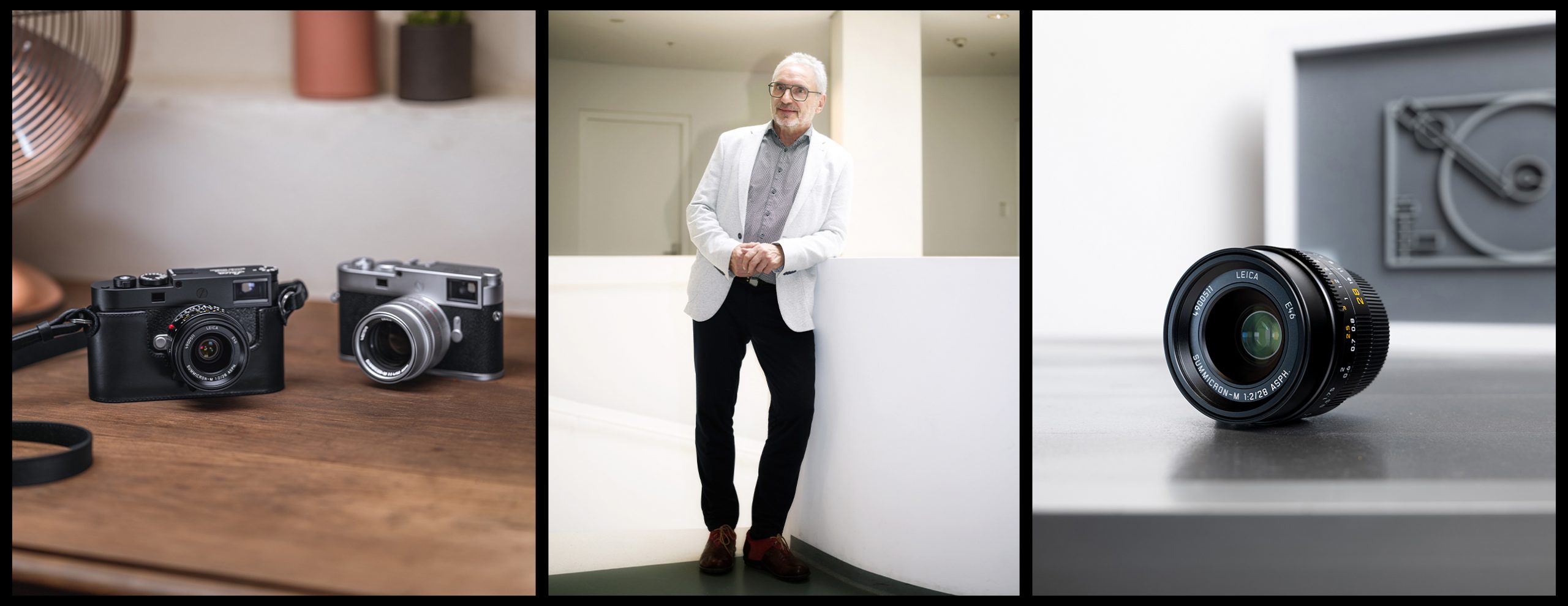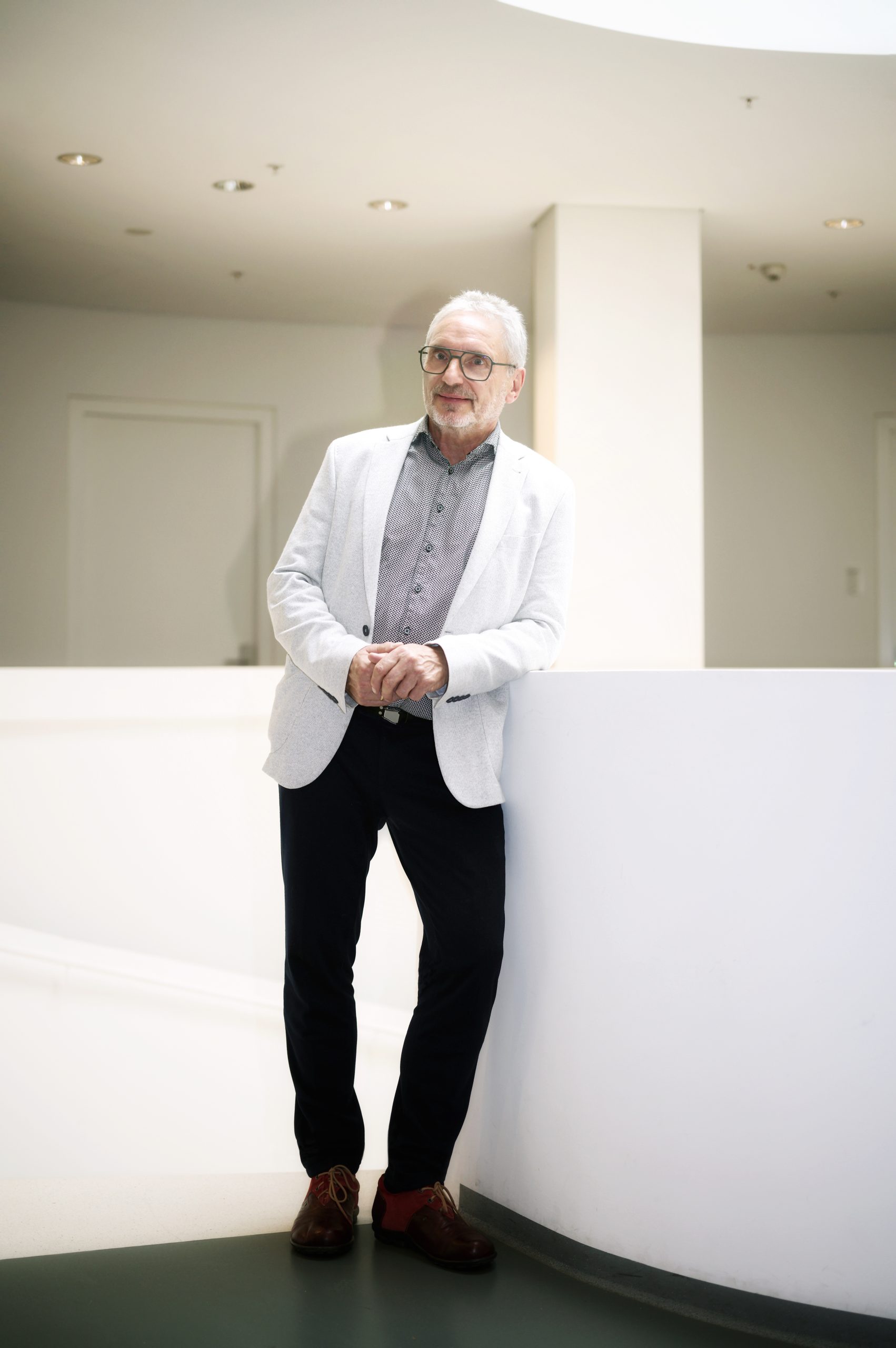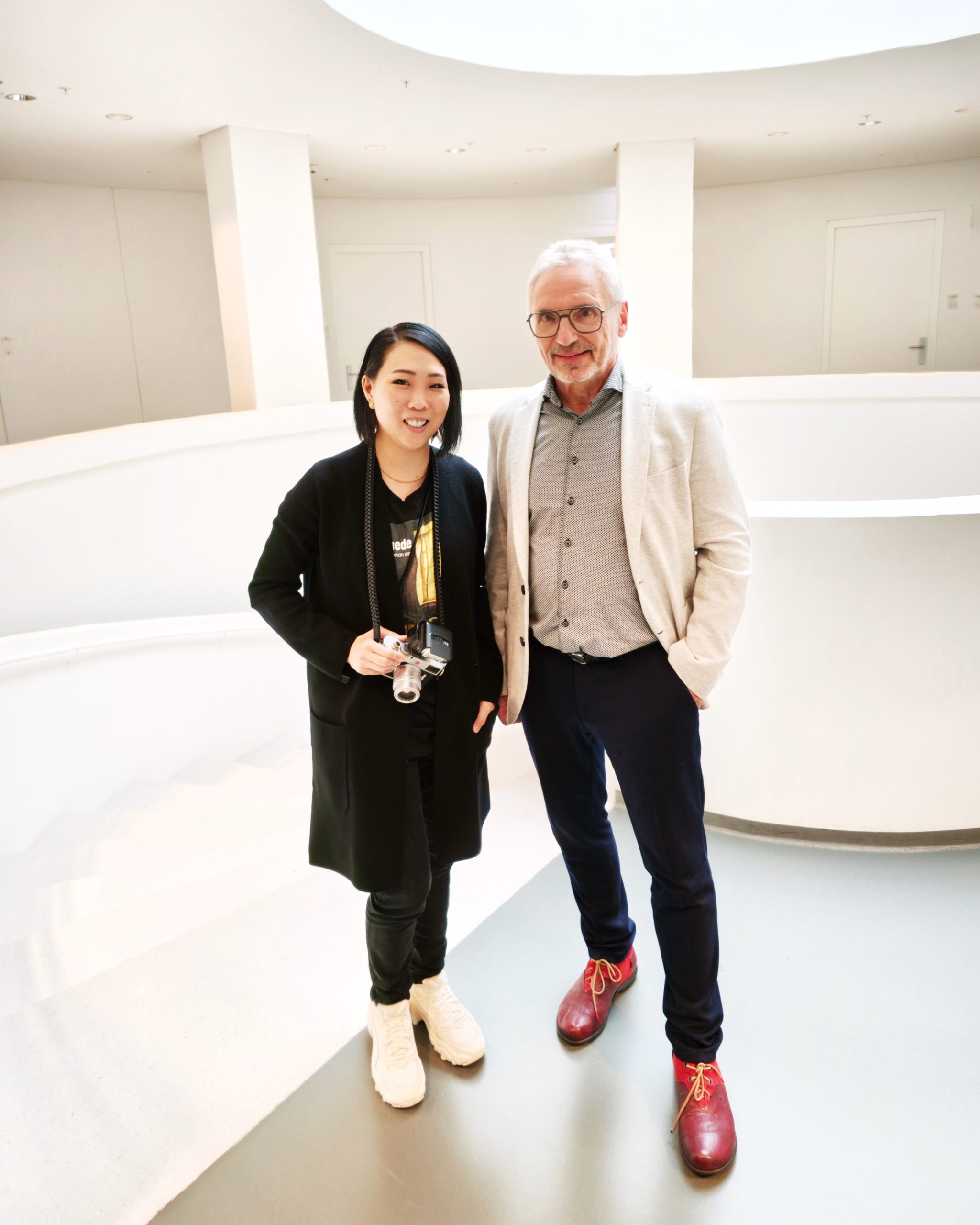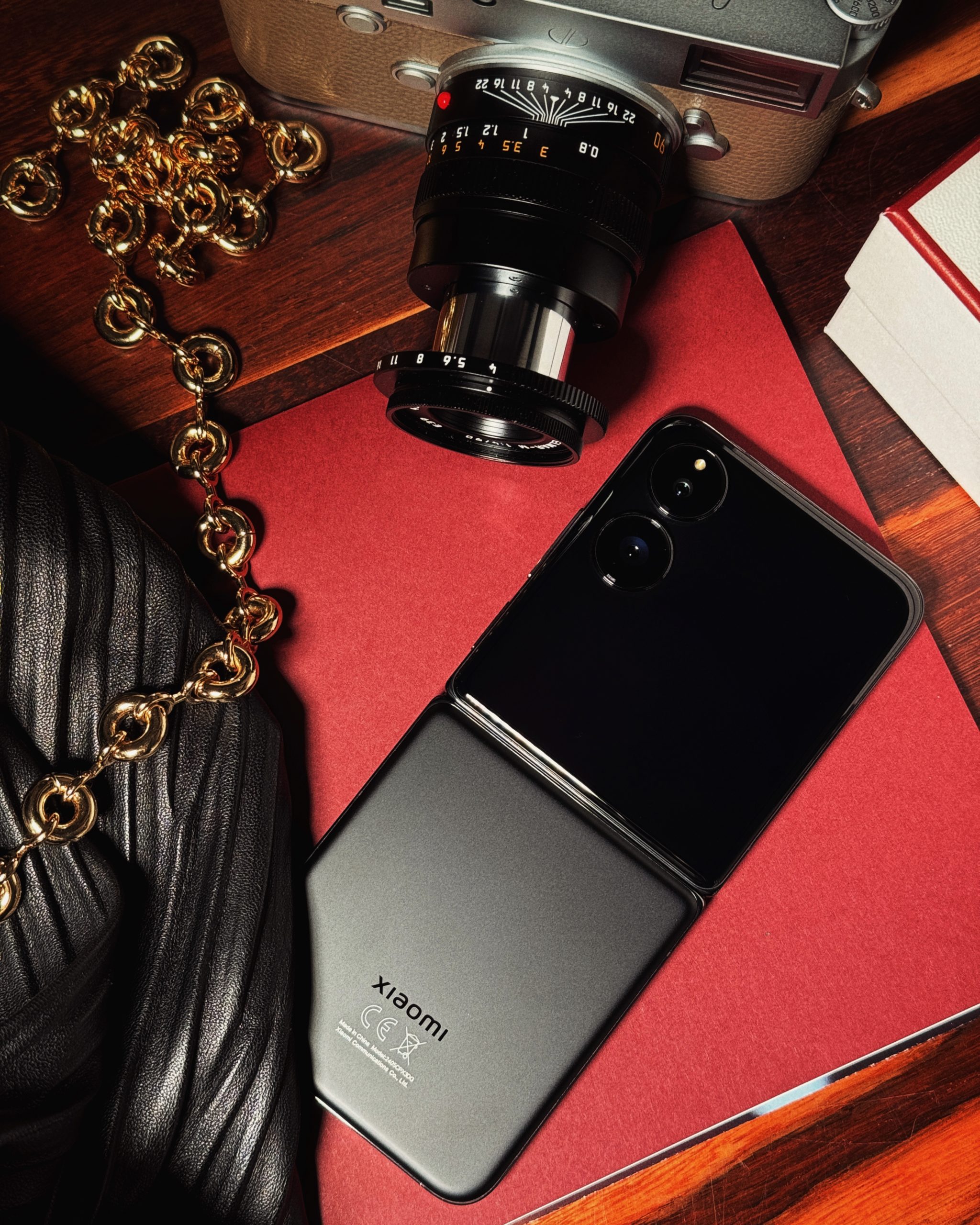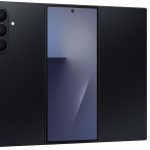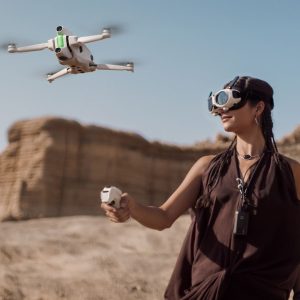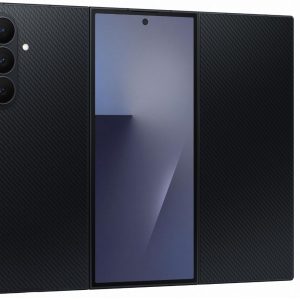When it comes to designing camera lenses, Peter Karbe has created some of the best in the world. Since 1986, Karbe has been in optics development — first at Wild Leitz, then from 1992, at Leica Camera. Today he oversees so much more than just the development of Leica’s optical systems, and he’s credited for the creation of many of the current M lenses.
It’s an absolute privilege to sit with him in Leitz-Park Wetzlar to discuss his field of work, and his take on what the future holds for the camera lens industry.
Above: Portrait of Peter Karbe, shot on Leica M11 in Leitz-Park Wetzlar.
ADELE: Tell us about your role in Leica Camera. What does your typical day look like?
PETER: I’ve been at Leica for more than 38 years now, and I was in optical design for a long time. I was head of a development department, but for the past three years, I’ve been more of an internal consultant. So I gave up my responsibility for development, and I stepped in to a certain role in terms of assistance. I assist projects that need me to help or advise them. [Editor’s note Peter’s current official title is Senior Managing Expert for Optics and Platform.]
I do presentations and explain what is so special at Leica optics, and I do research; I name it research in the history of Leica optics. And then I explain how we could improve our optics, a step-by-step evolution, various steps. So this is my job — my main job.
A: We read in an interview that your current camera / lens set-up is the M11 and APO-Summicron 35. Share with us what’s so special about this combination.
P: The APO-Summicron 35 is the fourth APO lens in the Summicron line. There’s the 90, 75, 50 and the 35; the 35 was introduced to the market in 2021. This has the latest status of performance, the highest performance in a very compact size with all the technologies we could implement. And in comparison to the SL lenses, the SL APO Summicron line is on the highest level. And this M-Summicron fits to that performance, but in a very, very small size. And this is so special; with 60 megapixels [in the Leica M11] you can see the power of this lens. It’s not the lens [alone] and it’s not the camera, but both; both together. It’s a very good balance between the performance of the lens and the camera.
A: In all your years at Leica, what is one significant milestone for optics?
P: One milestone was the development of the 35 Summicron. In terms of the technology we implemented, this was a molded sphere technology; it’s technology mainly developed and used in Japan, but we took over. We have a vendor in Japan that delivered the aspherical lens element, and with this development and implementation of this ASPH, we could go into the aspherical century area successfully.
Then, the second milestone was the APO 90. It’s still in our workshop; it’s 26-years-old, and designed and developed during analog times, but prepared to be used for the digital age.
Above: Portrait of Peter Karbe, shot on Leica M11 in Leitz-Park Wetzlar.
A: Which lens would you recommend for a first-time Leica M user?
P: I think it would be a 28 Summicron, so that they have more things to shoot — more in the interface. With the combination of 60 megapixels, you can crop a little bit; the 60 megapixels gives you the flexibility. I think it’s a very good combination. If the 28 is too much, then the 35.
A: Where do you start when beginning to design a lens?
P: So one treasure of Leica is the big data we have from the past. It’s the biggest treasure you can imagine for designers. First, you have a look at what we do till today; where the pros and cons are. And then you try to keep the pros and try to eliminate the cons. So this is an evolutionary step. We also look at patterns — for example, what others are doing? Copying something? It’s no problem, but first we need to define the target. What do we want? For example, if there is a lens with the same focal length and the same f number, which performance do we expect for the future? What do we need?
The SL system, for example, was completely new because there were requirements from the electronic side we had to fulfill.
From the design standpoint, we do a different study. There are some constraints that we have to take into account, and this leads to a certain refractive power distribution within the lens. And we have to think through what and which consequences do we have and have to follow. Which technologies do we need?
For example, when we designed the SL system, the first camera was 24 megapixels, but we had in mind we have to be prepared for the future. So in principle, we prepared the lenses to be useful with 100 megapixels. So it always depends on what do we think the customer expects.
A: I read that you said, “Don’t stop down. Today’s high-performance lenses are designed to be used wide open.” – Can you elaborate on this.
First of all, I did a presentation about the history of the lens generations. The first generation was screw mount. And there you could read in the brochure, please stop down three or four steps to get the best performance. So due to the restrictions, they had to follow that at that time. And so the solution space was very limited. For the second generation, the first M lenses introduced in the brochure said, please stop down one or two steps for the best performance. And since aspheric technology, the lenses are designed to be used wide open. There is no need to stop down to get better performance. This is one aspect.
The second aspect is, the wider the lens is open, you get three-dimensional information in terms of depths of focus. Shallow depths of focus is possible, and if you stop down, you will lose this information, and the image becomes boring; flat — flat like a pizza. The first mobile phone cameras were like that from front to the back. Everything was flat, and I said, okay, the world is again a pizza. Flat as a pizza. But now it’s better. It has become better, and the lenses are designed to be used wide open. Furthermore, because wide open high performance requires tight tolerances in production, the consequence of tight tolerances are a high price, and you paid for it, so don’t stop down. It’s like throwing away money.
Look at the mobile phone — at f8, there is no difference between a 35 millimeter camera and the mobile phone camera. No difference. Then you can just use a mobile phone. It’s easier, it’s convenient. If you want to be different, you should use the lenses wide open.
Today, the viewing time is shorter than the exposure time on average. There are so many pictures taken today, and no one said, “let’s have a look at it again”. But when you use the M camera and use it wide open, the viewer sees the image, and the story behind the images is in your head; not on the sharpness from front to back. That’s the reason why I say use it wide open.
Above: in leitz-park wetzlar with Peter Karbe, shot on xiaomi mix flip co-engineered with Leica.
A: Can you share with us one exciting innovation you’re working on.
I can mention that — and I think this is official — sphere technology is very important for us. And now we are on the fifth level. The third level was ASPH. The fourth level was polishing and grinding. Now we are on the fifth level regarding sphere technology. We have our own sphere production for molding technology in-house.
In principle, at the first look, it’s not that different to what the Japanese colleagues are doing. But technology-wise, we are one step ahead now, and theory is very important. We can simulate on a very high level, how we need to mold the sphere. We can implement this into our development processes, and we can be sure that what we designed is possible to produce, and we can get a very, very high accuracy in a sphere. And this gives us the opportunity to implement more spheres. And with more spheres, we perhaps can go to the next step in designing lenses — ones that are more compact, faster, and with high performance, of course.
A: Can you share more about the collaboration Leica has with Xiaomi smartphones.
Above: Xiaomi 14T Pro with leica camera system / leica m11 + APO-Summicron-M 50 f/2 ASPH lens.
Above: Xiaomi mix flip with leica camera system / leica M10-P + MACRO-ELMAR-M 90MM F/4 ASPH lens.
P: When we worked with Huawei [Editor’s note: Leica collaborated with Huawei from 2016, until Xiaomi announced their partnership with Leica in 2022], I was very much involved, and now I’m a little involved in the development for Xiaomi phones. Leica has its own team for this because we can’t do everything by ourselves. Leica is very much involved in the development and co-engineering, and as I explained, how we define the design targets for the next mobile phone. There is an evolution [in smartphones]; faster, with larger sensor types.
A big thanks to LEICA CAMERA and LEICA SINGAPORE for facilitating this interview.

